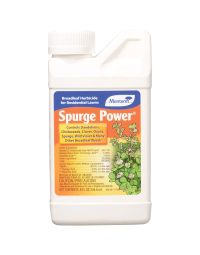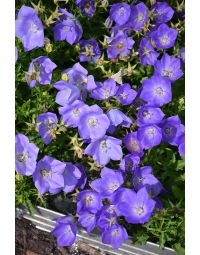Creeping Bellflower (Campanula rapunculoides), a European import from colonial times (before they knew better) very easily escapes cultivation. According to minnesotawildflowers.com its status is Invasive – ERADICATE! No punches pulled there!
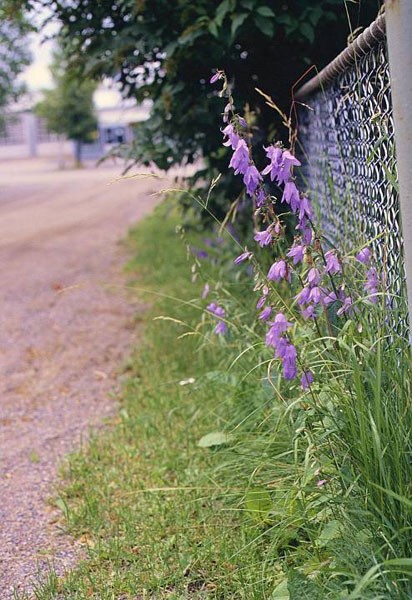

Creeping Bellflower is a perennial whose origins are Eurasia. It grows in sun, in shade, deciduous woods, fields, along roads, your lawn and disturbed areas. The University of Minnesota Extension explains that the bell-shaped, blue-purple flowers grow up one side of the stalks and carry up to 15,000 seeds.
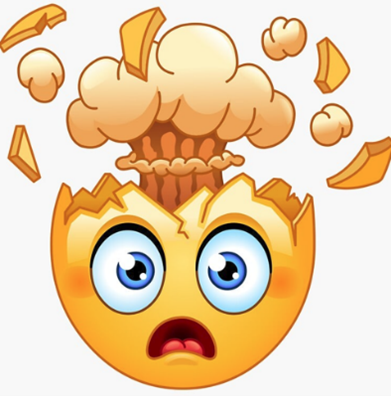



Their root systems out-compete nearby plants by choking them out. Even small pieces of roots can form new plants. Let’s take a look at those roots.
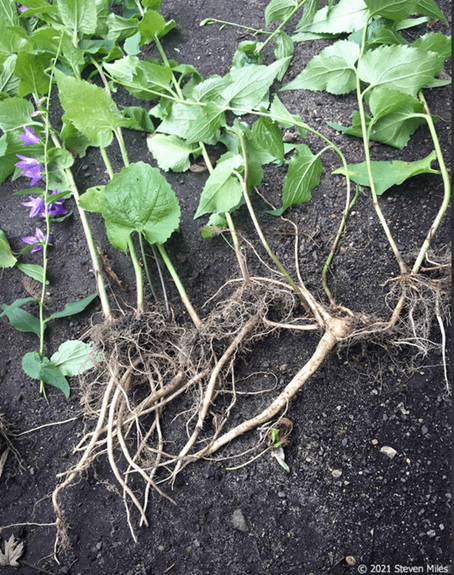

Creeping Bellflower also reproduces vegetatively by rhizomes (underground horizontal stems) and taproot-like tubers as you see above.
If you have it, how do you get rid of it? The Wisconsin DNR advises that you dig at least 6” deep and several inches out from the plant to ensure you’ve gotten all of the roots. Repeated pulling or mowing during the growing season will weaken the plant but will NOT kill it. As for chemicals, apply a glyphosate solution such as Hi-Yield Killz-All to the foliage. However, if Creeping Bellflower is in your lawn use an herbicide with dicamba such as Spurge Power. Do not use 2,4-D. This link takes you to the Wisconsin DNR with more on management of Creeping Bellflower.
Quick note, some people have mistaken this lovely plant for Creeping Bellflower. While this plant is in the same family, it’s a keeper! Harebell (Campanula rotundifolia).


PSA: If you are driving through a neighborhood and see a sign that offers free plants, know exactly what they are before you take them. If the sign says, “Super Hardy”, “Prolific”, “Spreads Easily” or anything like that… keep driving!
Battling Evil,
The Garden Scoop


